V C A R
Vacuum Cleaning Autonomous Robot
- Design and manufacture an autonomous robot (self-avoiding obstacles) with a mini vacuum cleaner
- Independent Personal Project
- April 2022 - Present
Specifications
- Obstacle Avoidance
- Line/Object-Following
- Filtered Vacuum
- Efficient Debris Disposal
- User-Serviceable
- Sustainable
The robot is equipped with autonomous capabilities, effectively avoiding obstacles encountered in its path. Although it can explore portions of its surroundings, the robot’s exploration algorithms, written in C++, still require further optimization to avoid repetitive scans of the same area and ensure comprehensive environmental coverage.
The vacuum cleaning capability of the robot has been conceptualised and carefully planned. This feature will be incorporated as a layer atop the existing robot structure, prioritising component replacement and effortless disposal of vacuum-collected debris. However, the manufacturing and implementation of this feature may be subject to modifications as a result of testing. As the project progresses, the integration of the vacuuming component will be one of the key next steps to achieve full functionality of the VCAR.
Present Status
VCAR is currently under active development.
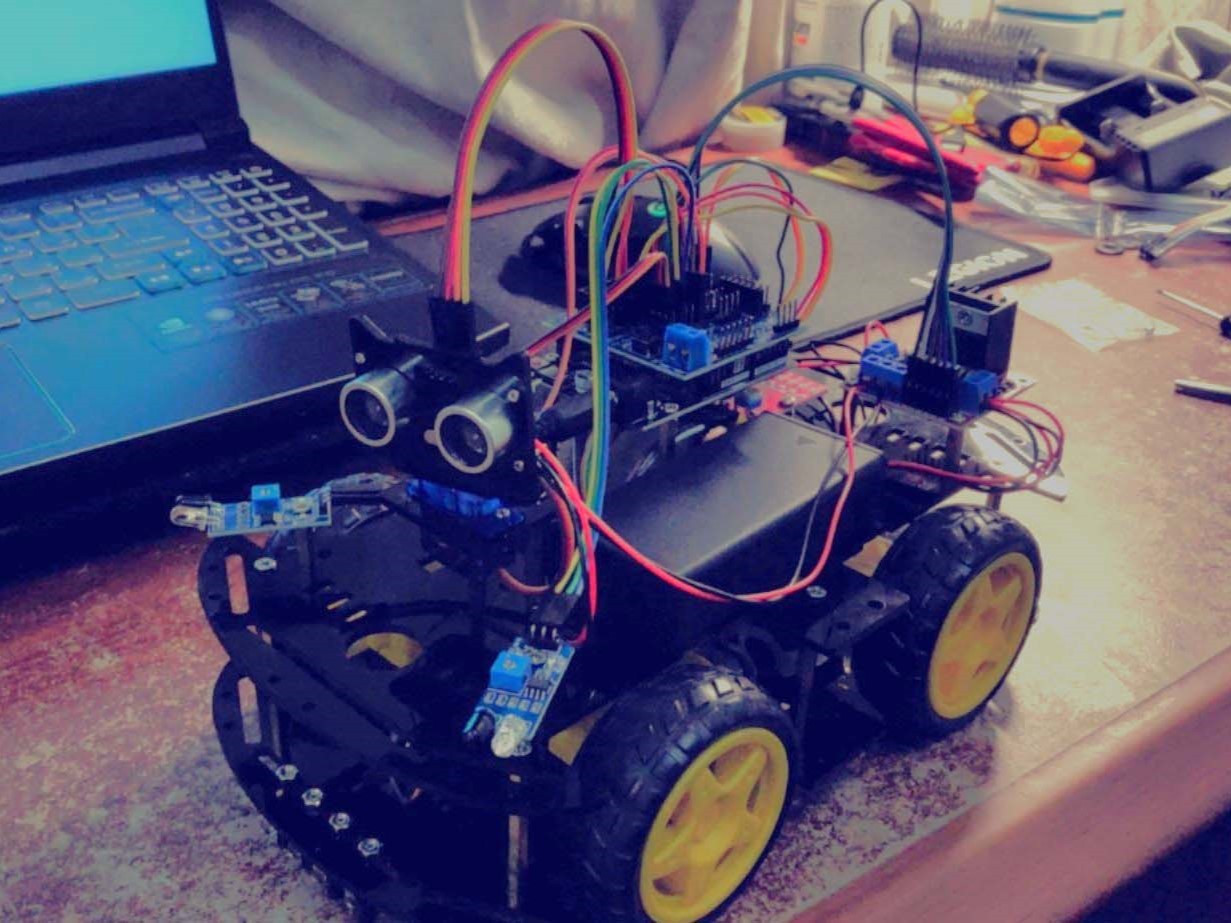
Components
Key Components Used Thus Far

Arduino Uno & Expansion Boards
Serve as the brains; handling processing and control of all other components
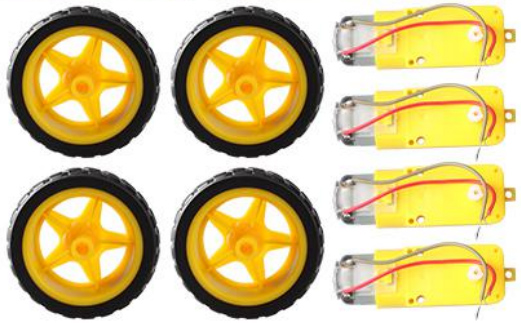
TT Motors & Wheels (x4)
Provide essential mobility; high torque and 4 indicidual motors allow for larger range of motion and speed

L298 Stepper Motor Modules
Provide precise control of the motor's speed and direction
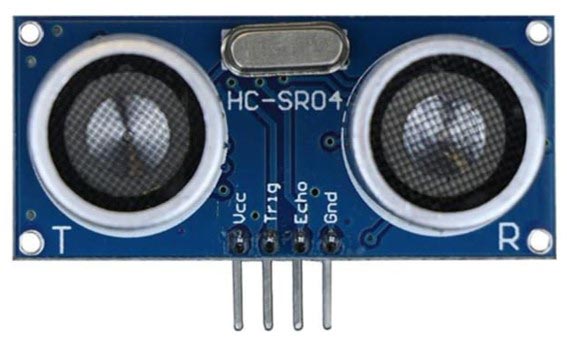
HC-SR04 Ultrasonic Sensor
Used for detecting obstacles and navigating environment
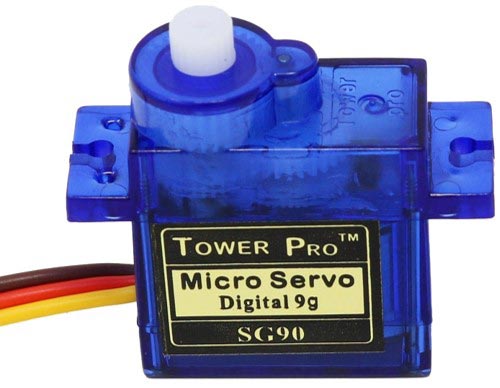
SG90 180° Servo
Mounted with the Ultrasonic Sensor for range scanning. Rotates to detect obstacles from multiple directions.
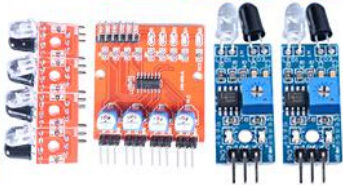
Infrared Sensor, Detection, & 4-Way Tracking Module
Used for object/line-following; adaptable to environment, with adjustable detection distance and angle

18650 Battery Box
Holds two 18650 rechargeable batteries responsible to power the robot (seperate/larger battery box will likely be used to power the vacuum)
Miscellaneous
Laser-cut acrylic (3mm thick) used for the base/body and other supporting parts (connecting motor/sensors to the body) of the robot. Wheel/rotary encoder used to measure the distance travelled by robot; helps enhance algorithms.